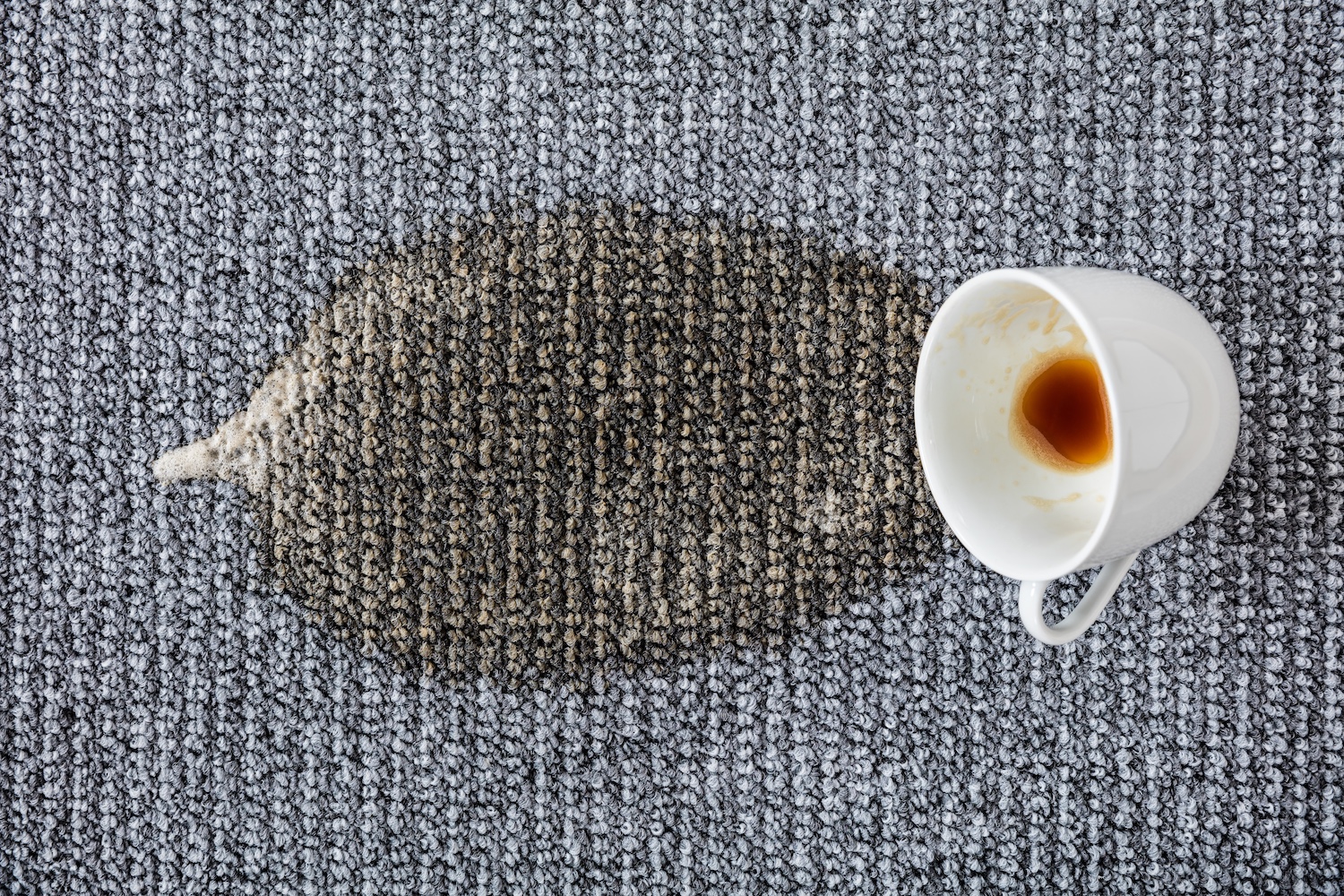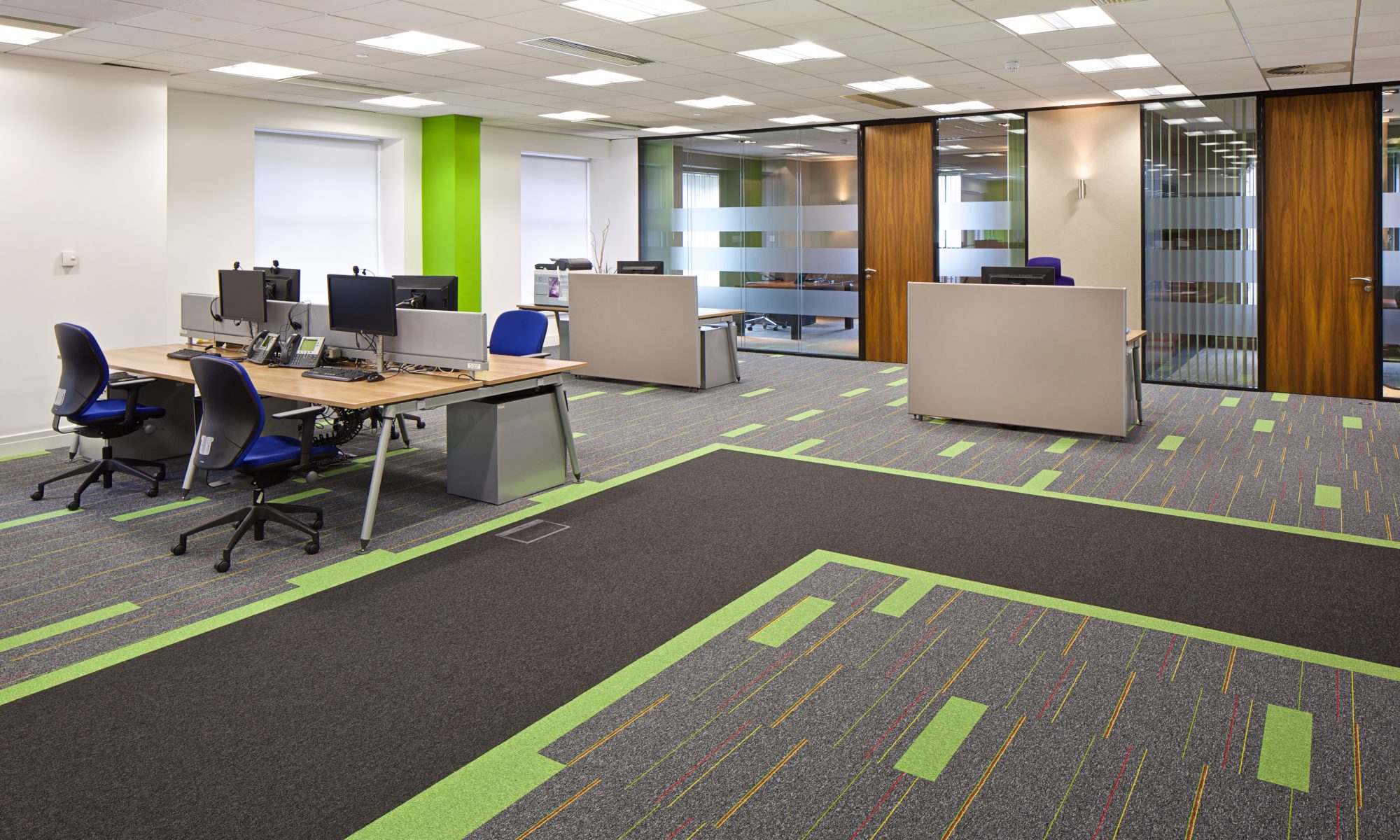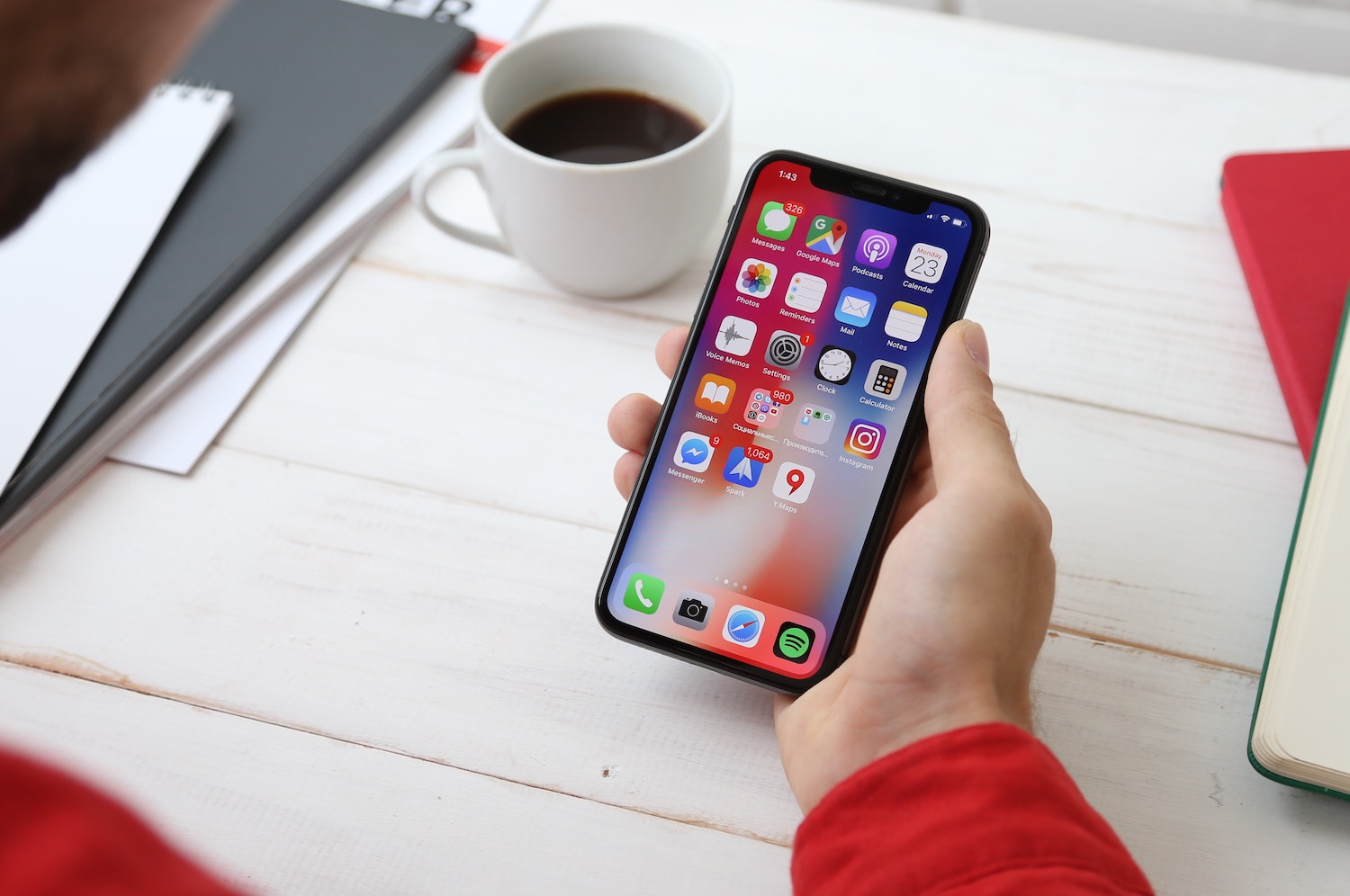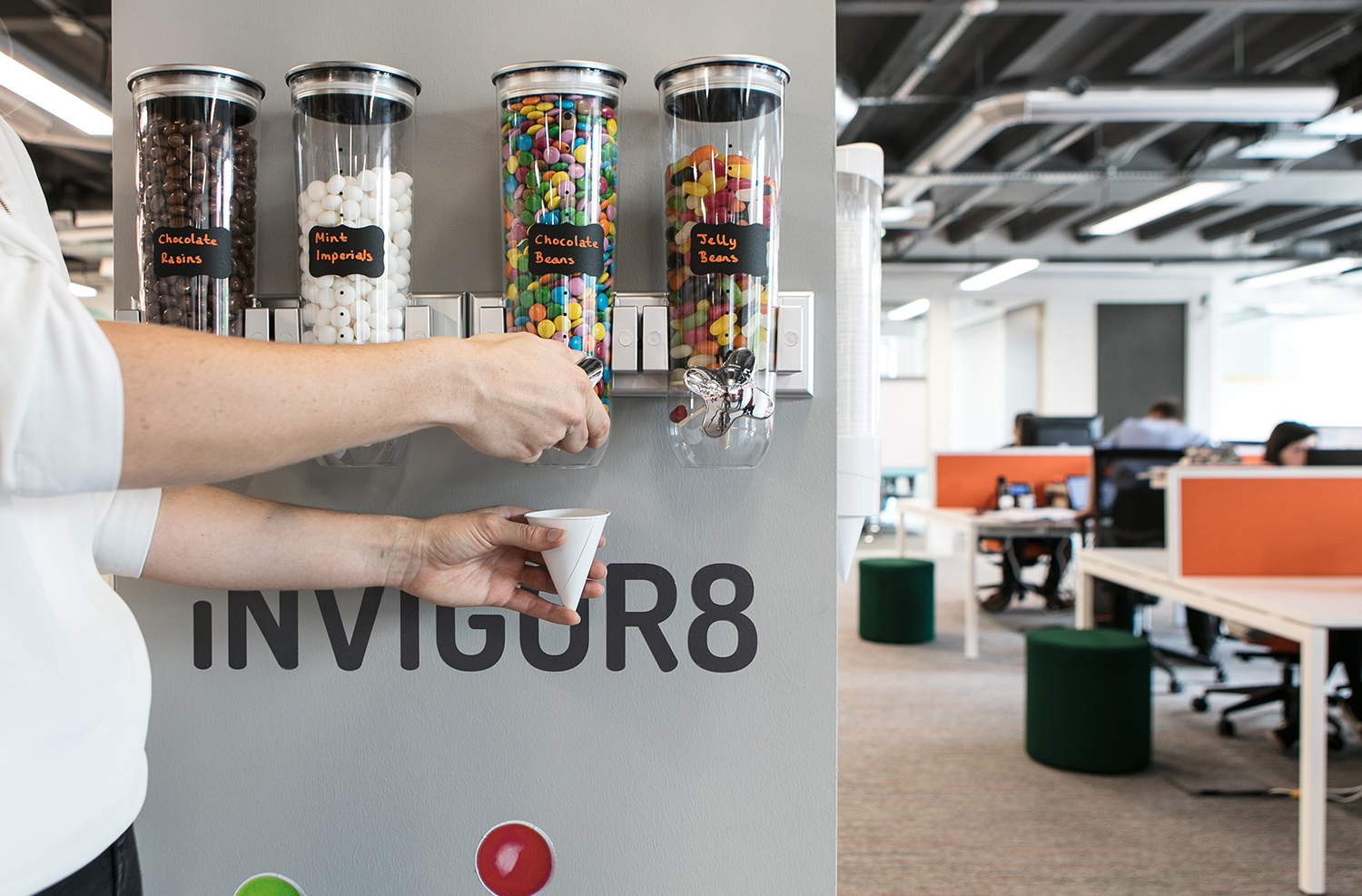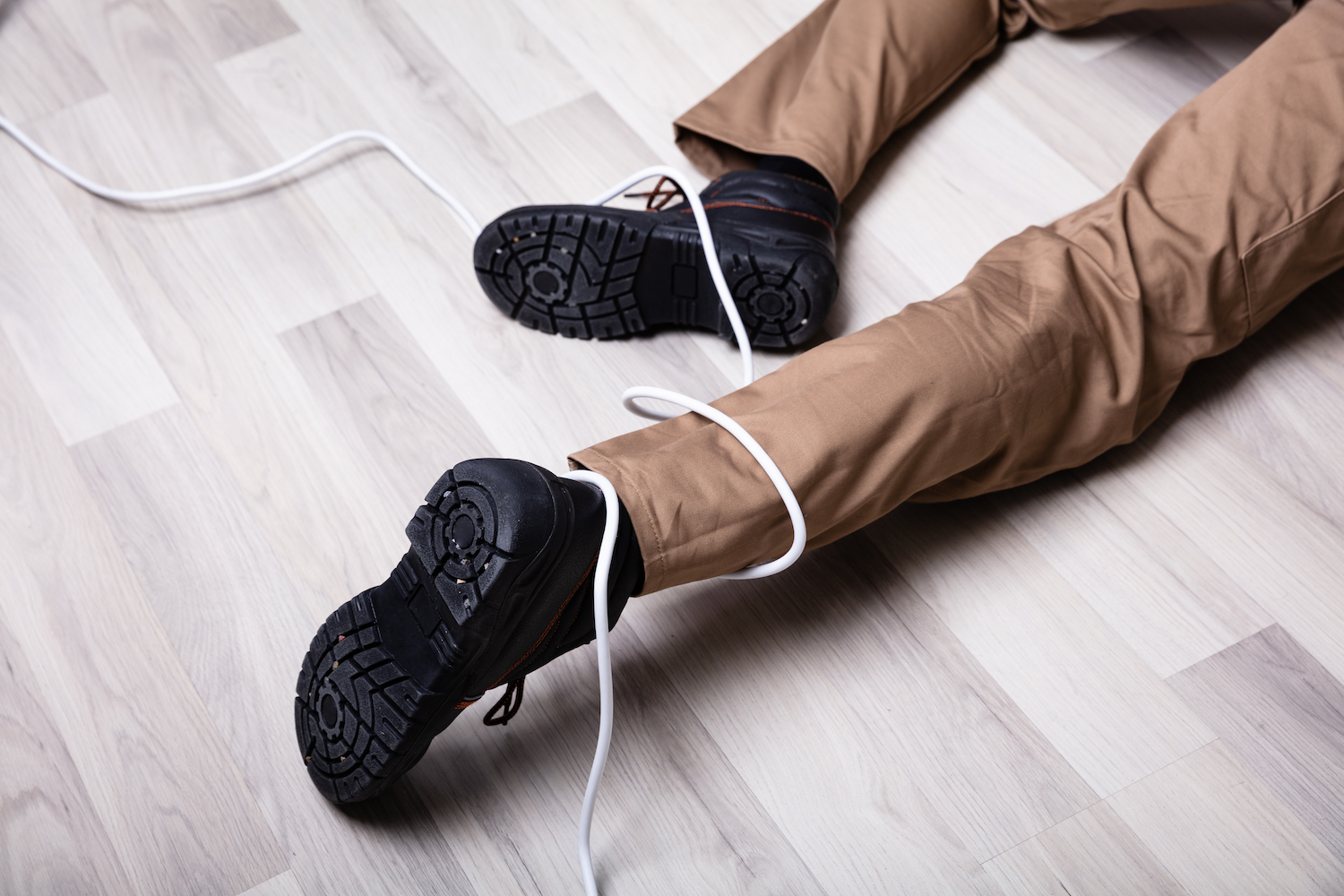Making the most of your investment
Cleaning carpet tiles will need to be part of your maintenance programme, if you want to make the most of your investment and preserve your work space’s clean and efficient look. Soiling and general wear adversely effect the appearance of carpet tiles. So here are just a few top tips on making sure your carpet tiles make the best impression possible on visitors and clients.
Never rub stains
If you notice someone spilling their coffee, make sure they don’t start rubbing at the stain furiously with a cloth. This will only push the stain deeper into the carpet and help it to set more quickly. By dabbing gently inward, the stain will be soaked up and won’t spread further or deeper.
For removal of paint, grease and even tar a carpet spotter can be used but it is essential to check colour fastness. Spray the spotter onto a clean, white cloth and press onto the carpet. Check in a hidden area for any colour transfer and if there isn’t a problem use sparingly to remove the stain. After any chemical treatment has worked, water can be used to flush the stain, this should then be dried. It will be important however to check with the manufacturer with regards different extraction methods, as they will vary with the type of tile.
Although it might be tempting to leave a stain until you can get the professional cleaners in, it’s best you do whatever you can to treat the mark before it sets. Whether this is using an approved cleaner for your carpet tiles or blotting gently at the stain, it’s important you don’t wait for months before cleaning carpet tiles with marks that can become ingrained. If it’s a big stain, call someone to take a look right away.
Take care about what you use
Some commercial carpet cleaners are harsh so it is important to choose carefully. Some general rules apply. Don’t use products that contain odorous or flammable solvents and avoid product with a pH level over 9.5. Also products that contain optical brightners can adversely affect the colouration of the carpet. Always patch test.
Vacuuming isn’t enough but needs to be done
Vacuuming is essential to remove particles of dust and larger pieces of dirt, helping staff to breathe easier and feel more comfortable. To really make your carpets more hygienic, they need to be deep cleaned professionally.
Focus on certain areas more than others
Not all your carpet tiles will become dirty at the same speed. Areas near doorways and corridors with lots of traffic will need more attention than rarely visited store cupboards. You will you need to clean these areas more.
Invest in entrance matting
Research proves that up to 90% of dirt in a building is ‘walked in’ or comes in via wheeled traffic. Reducing this dirt and moisture increases the life of floor coverings, increases the attractiveness of building and saves money. Having an entrance matting or barrier tiles significantly reduces the amount of walked-in dirt within the main building.
Download our Carpet Tile Cleaning and Maintenance Guide available on each of our Carpet Tile Range pages for additional support.
